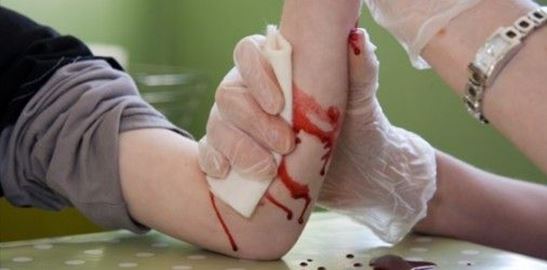Preserving Oral Hygiene In A SHTF Scenario
When the products we’re used to won’t just be available anymore, you’ll need to improvise, but luckily there are many substitutes for the traditional methods and products. And despite what many people believe, teeth aren’t made of glass. Cleaning them with something else other than toothpaste won’t damage them in any way. There are plenty of raw foods that known to have a cleaning effect on the teeth.


